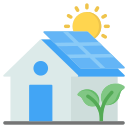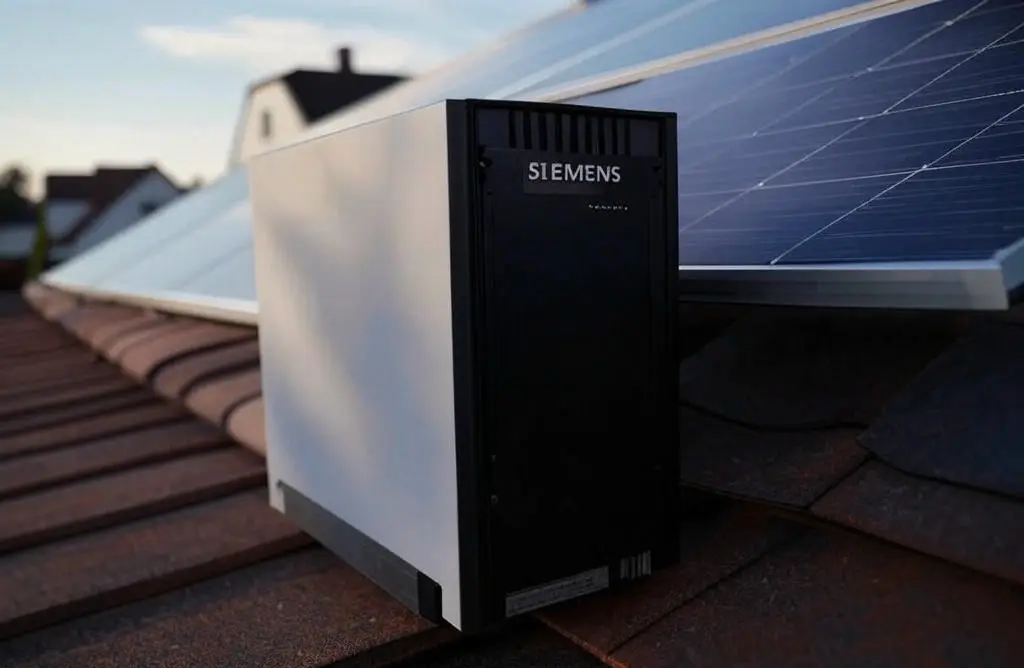The German Rooftop Program: A Milestone in Solar Energy Adoption
Germany has long been a global leader in renewable energy, and the German Rooftop Program stands as a testament to its commitment to solar power. Launched as part of the country’s Energiewende (energy transition) initiative, this program has revolutionized residential and commercial solar adoption by incentivizing the installation of photovoltaic (PV) systems on rooftops across the nation. Siemens Solar has played a pivotal role in this effort, supplying high-quality PV panels and expertise to support Germany’s ambitious goals. This article explores the history, mechanics, impact, and future of the German Rooftop Program, delving into how it has shaped the solar landscape and why it remains a model for other nations.
Origins of the German Rooftop Program
The German Rooftop Program traces its roots to the early 2000s, when Germany introduced the Renewable Energy Sources Act (EEG). This legislation established feed-in tariffs (FITs), guaranteeing homeowners and businesses a fixed payment for every kilowatt-hour (kWh) of solar energy they fed into the grid. The program gained momentum with additional subsidies and low-interest loans, making rooftop solar installations accessible to a broad population. By 2004, Germany had installed over 500 MW of solar capacity, much of it on rooftops, setting the stage for exponential growth.
Siemens Solar entered the fray by providing advanced PV panels optimized for Germany’s variable climate. These panels, with efficiencies exceeding 15% at the time, were instrumental in ensuring that even small rooftops could generate significant power. The program’s success was further bolstered by public awareness campaigns and partnerships between government, industry, and local utilities.
Key Features of the Program
The German Rooftop Program is defined by several innovative features:
- Feed-In Tariffs: Guaranteed payments for 20 years, encouraging long-term investment.
- Subsidies: Upfront grants covering 10-30% of installation costs.
- Simplified Permitting: Streamlined processes for rooftop installations.
- Technology Support: Collaboration with companies like Siemens Solar for reliable equipment.
How the Program Works
The program operates through a combination of financial incentives and regulatory support. Homeowners or businesses install PV panels—often Siemens Solar’s high-efficiency models—on their rooftops. The energy generated is either used on-site or fed into the grid, with excess power compensated via FITs. Installations typically range from 3 kW for small homes to 100 kW for commercial buildings, with Siemens Solar panels offering outputs of 200-300 watts per unit.
The process begins with a consultation, often facilitated by local energy agencies, followed by system design and installation by certified technicians. Siemens Solar provides detailed technical support, ensuring panels are optimized for Germany’s frequent cloudy days. Once operational, the system is monitored via smart meters, and payments are disbursed monthly or quarterly.
Impact on Solar Adoption
By 2010, the German Rooftop Program had propelled Germany to the forefront of global solar energy, with over 17 GW of installed capacity—more than half on rooftops. This growth reduced CO2 emissions by an estimated 10 million tons annually and created over 100,000 jobs in the solar sector. Siemens Solar’s contribution included supplying panels for over 50,000 installations by 2012, cementing its role as a key player.
Residential adoption soared, with 1 in 8 German households installing solar by 2015. The program also spurred innovation, leading to efficiency improvements in Siemens Solar panels, reaching 22% by 2020. Economically, it lowered energy costs for participants, with average savings of €500-€1,000 per year per household.
Real-World Examples
Berlin Residential Project
In Berlin, a 5 kW Earthsafe system installed on a family home in 2008 generates 4,500 kWh annually, covering 90% of the household’s needs and earning €1,200 yearly via FITs.
Munich Commercial Building
A 50 kW system on a Munich office building, installed in 2010, produces 45,000 kWh yearly, reducing operational costs by 25%.
Challenges and Solutions
The program faced hurdles, including grid capacity limits and subsidy reductions post-2012. Siemens Solar addressed these by developing smarter inverters and storage solutions, ensuring systems remained viable as FITs declined.
Future Prospects
Looking ahead, the program continues to evolve, with a focus on energy storage and smart grids. Siemens Solar is pioneering hybrid systems integrating batteries, aiming for 100% renewable reliance by 2035.
Conclusion
The German Rooftop Program exemplifies solar energy’s potential. Siemens Solar invites you to explore these solutions on our website.

